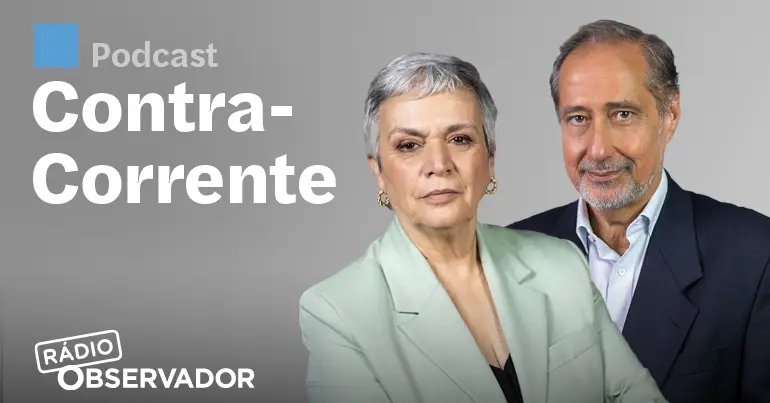What is chronic venous disease, which affects Trump?

US President Donald Trump suffers from chronic venous disease. This condition, rare in men and more common in the elderly, was diagnosed through tests the US head of state underwent after experiencing "slight swelling in his legs" and bruising on one of his hands, according to the White House.
Trump underwent a Doppler ultrasound, which revealed chronic venous insufficiency, a benign and common condition, especially in individuals over 70 years of age, said White House spokeswoman Karoline Leavitt, who read a note from the U.S. president's personal physician at a White House press conference on Thursday. In the note, Dr. Sean Barbabella emphasized that "President Trump remains in excellent health."
The tests were used to rule out more serious conditions, such as deep vein thrombosis or arterial disease, the spokeswoman added.
Trump undergoes tests for leg swelling. US president diagnosed with chronic venous disease
Chronic venous disease (CVD), also known as chronic venous insufficiency, is a malfunction of the venous system characterized by the accumulation of blood in the leg veins due to poor circulation. It is a chronic condition that tends to worsen over time.
CVD is the most common vascular pathology, with an estimated prevalence in Western countries of 40% in women and 17% in men, according to an article published in the journal of the Portuguese Society of Angiology and Vascular Surgery. The prevalence of the disease tends to increase with age, being most common in people over 70.
Although it is, in most cases, a benign condition, CVD can generate complications, responsible for chronic and disabling pain and a deterioration in the quality of life of patients.
Its socioeconomic impact is also significant, with estimates suggesting the loss of 2 million working days per year in Portugal alone and early retirement for more than 12% of patients.
What are the symptoms?Symptoms of CVD include a feeling of heaviness, fatigue, or pain in the lower limbs. Night cramps, tingling, skin hyperpigmentation, swelling, and varicose veins (commonly called spider veins) may also occur. If left untreated, the disease can lead to venous bleeding or ulcers, which increases the risk of more serious complications—such as deep vein thrombosis and pulmonary embolism.
Approximately 30% of patients experience a worsening of the disease after five years without treatment.
What are the causes?Advanced age, family history, and gender are known risk factors for developing CVD. Other risk factors include standing for long periods of the day or with legs crossed, a sedentary lifestyle, prolonged sun exposure, or wearing tight clothing. Pregnancy and oral contraception can also aggravate the disease.
The diagnosis is essentially clinical, meaning it is generally made without the use of diagnostic tools, based on the patient's medical history and physical examination. However, the evaluation can be supplemented by a Doppler ultrasound, a test that measures blood flow.
How is the treatment done?Pharmacological treatment is indicated for CVD (to improve blood flow and reduce inflammation), but it is normally recommended in association with compression therapy with elastic bands (which serves to reduce swelling and discomfort) and elevation of the legs above the height of the heart.
observador




